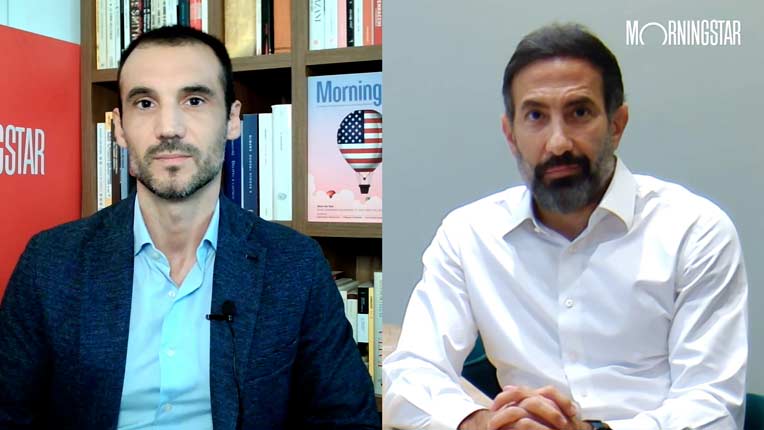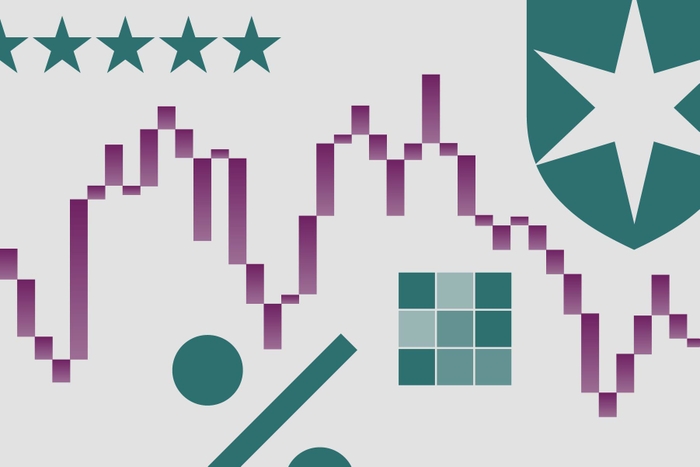All this week, Morningstar.co.uk will be bringing you a Guide to Investment Ideas for 2017; stock picks, market reactions and political forecasts from the investment professionals. Here, Didier Rabattu, Global Head of Equities at Lombard Odier Investment Managers, gives his outlook for the year.
Ahead of the inauguration of Donald Trump later this month, the risk of more protectionism in the US is increasing investors’ concerns about emerging market assets. However, global trade retrenchment is a trend that has been in place since the global financial crisis. Emerging market countries have therefore favoured their own domestic economic dynamics, and this will likely continue or even accelerate. However, at the micro level, investment selection is now even more important than before as many individual companies could be heavily exposed to exports and thus potentially disrupted by targeted protectionism.
More Reliant on Domestic Dynamics
At the country level, since 2010, internal domestic dynamics – both consumer and government spending – in key emerging market countries have generally been a stronger driver of growth compared to trade. This is an illustration that since the financial crisis, emerging market economies have been more reliant on their own internal dynamics to support their fledgling economies against decreasing global trade. Only in the cases of Taiwan and South Korea has domestic consumption been structurally weak compared to the contribution of trade to each country’s GDP.
Taiwan and South Korea resemble developed market economies – in particular Germany – more than emerging market economies with their ageing population, relatively high purchasing power and highly urbanised population. In India, the apparent positive contribution from trade is in fact reflecting a lower negative trade deficit thanks to taxes being imposed on gold imports.
Protectionism is to be Expected...
The election of Trump is unlikely to morph into a fully-fledged trade war. However, some form of protectionism is to be expected. Under such pressure, emerging market countries are likely to continue favouring their own internal dynamics – domestic consumption, government spending and infrastructure spending – to support their growth. Many of those countries have the resources to smooth and accompany this ongoing transition.
Generally speaking, their current account gaps have improved since mid-2013, around the time of the Fed’s taper tantrum, and their external debt levels are relatively low compared to developed market economies. In addition, on average 85% of emerging market debt is held in local currencies, making these economies less directly exposed to US dollar appreciation.
...But Trade will Provide Shield
Over the last few years, trade dynamics have evolved materially. In 2000 advanced economies were the destination of 80% of emerging market exports. Today, intra-emerging market trade has almost doubled in proportion. While it may have slowed lately due to falling commodity prices, this trend was not altered by the financial crisis.
In a post-Trump world, if more protectionism is implemented, this growing trend of intra- emerging market trade will likely continue and most likely accelerate. This could help to smooth out the effects of a potential US retrenchment.
Threat from US Still Remains
From a macro standpoint, a somewhat more protectionist US is a digestible event from an emerging market perspective. However, from a micro point of view, investors now need to pay more attention than ever to the individual companies they are gaining exposure to. A more protectionist policy could be disruptive for individual business models. For instance, companies listed in Taiwan and South Korea stand out as their reported sales figures point to a very high direct exposure to the US.
As a result, a disciplined methodology is necessary to avoid companies with export-based business models that are dependent on developed markets rather than emerging markets. Such companies are not strongly linked to emerging markets’ attractive internal domestic dynamics, such as middle class expansion, modernisation, purchasing power catching up, etc. In addition, many of those exporters have very capital-intensive business models with highly volatile sources of revenues, such as semiconductors, steel, autos. This creates too much of a toxic cocktail for generating sustainably solid economic returns.
Furthermore, these business models generally do not have strong economic moats, or long-lasting competitive advantages. For instance, they tend to have weak pricing power or do not benefit from any brand or franchise effect that could act as a barrier to entry against competition.
Be Selective to Protect Assets
While emerging markets have come a long way in recent years and have stronger economies to deal with upcoming headwinds, a selective approach towards asset allocation is still necessary. Companies excessively exposed to exogenous factors not being controlled by management will face difficulties in this new environment. However, focusing on companies with structurally superior economic returns, strong corporate governance, and sustainable competitive advantages, should provide a more diversified portfolio to better protect against such headwinds.
Perspectives articles contain the views of the author, which may not necessarily align with Morningstar's.





























